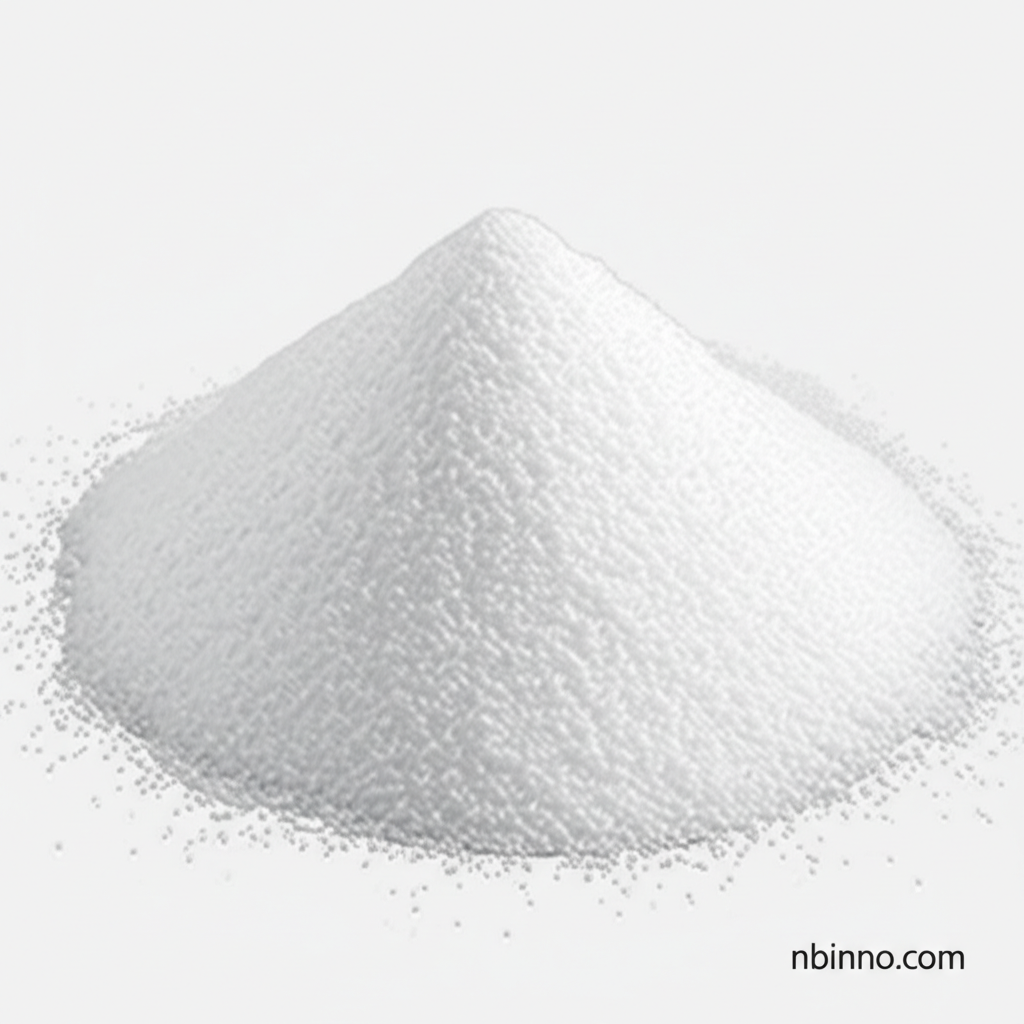2-Phenylphenol CAS 90-43-7: A Versatile Agrochemical Fungicide and Industrial Preservative
Discover the broad-spectrum antimicrobial power of 2-Phenylphenol for agriculture, industry, and consumer products.
Get a Quote & SampleProduct Core Value

2-Phenylphenol
2-Phenylphenol is a high-purity chemical compound valued for its potent antimicrobial properties. It serves as a critical component in safeguarding crops, extending product shelf-life, and ensuring hygiene across diverse industrial applications. Its efficacy as a fungicide and disinfectant makes it a preferred choice for businesses seeking reliable microbial control solutions.
- Explore the benefits of using 2-phenylphenol as an agricultural fungicide for citrus protection.
- Learn why ortho-phenylphenol is a trusted preservative for cosmetics and textiles.
- Understand the role of 2-phenylphenol CAS 90-43-7 in industrial water treatment applications.
- Discover the advantages of incorporating 2-phenylphenol into plastic formulations as a stabilizer.
Key Advantages
Broad-Spectrum Efficacy
2-Phenylphenol offers robust protection against a wide array of fungi and bacteria, making it an effective biocide for agricultural and industrial uses.
Extended Shelf-Life
As a key preservative, it significantly prevents spoilage and decay in products like fruits, cosmetics, and textiles, enhancing their longevity.
Versatile Applications
Its utility spans from agriculture to manufacturing, including use as a dyeing auxiliary and stabilizer for new plastics, demonstrating its broad applicability.
Key Applications
Agricultural Fungicide
A primary use is as an agricultural fungicide, especially for post-harvest treatment of citrus fruits to prevent mold and bacterial growth, thus extending shelf life.
Industrial Disinfectant
It serves as a potent disinfectant for surfaces in hospitals, food processing plants, and households, ensuring a hygienic environment.
Cosmetic Preservative
2-Phenylphenol is utilized to prevent microbial contamination in cosmetic products such as creams, lotions, and shampoos, maintaining product integrity.
Textile and Leather Protection
It is applied to preserve leather, textiles, and paper products, preventing microbial degradation and preserving material quality.
